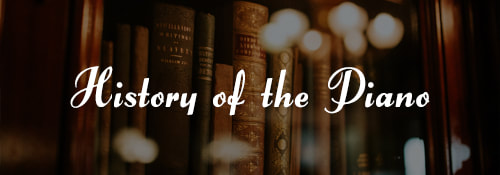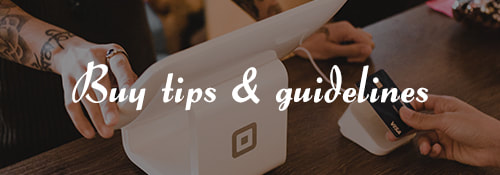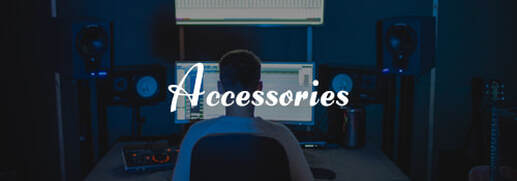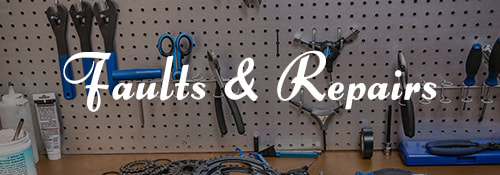The Piano |
Listen to the sound of a Piano
|
|
|
|
|
The Piano is a keyboard instrument derived from the harpsichord and the clavichord. It has the qualities of both a string and a percussion instrument. It is played when you press on the piano keys, which produce sound by striking its inbuilt strings with felt hammers.
It is one of the world's most popular and versatile instruments, used in most music genres. Piano is an abbreviated form of the word pianoforte, which derives from the Italian name of origin for the instrument and means "soft-loud". |
A person who plays the Piano is called a Pianist. It is suitable for children from five to upwards, although some may start earlier.
The three key Piano types are Upright, Grand and Digital (including keyboards). |






